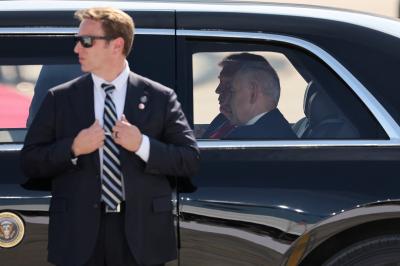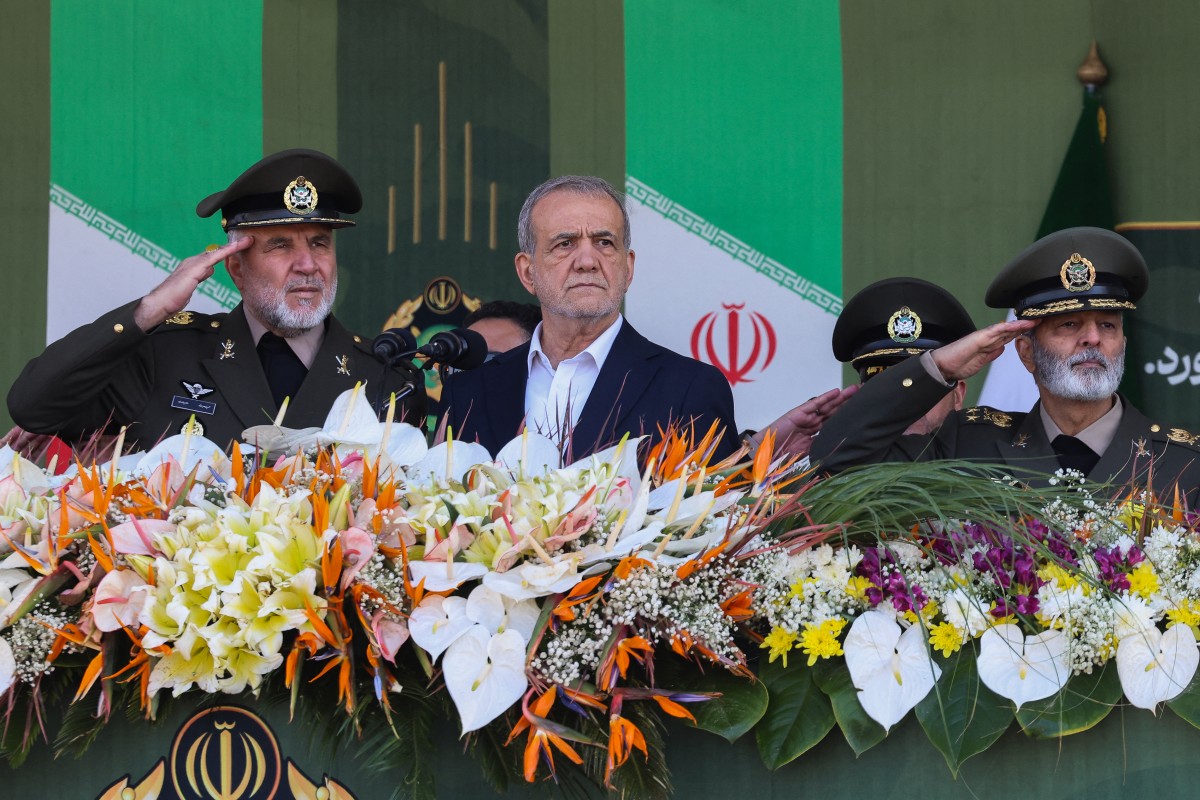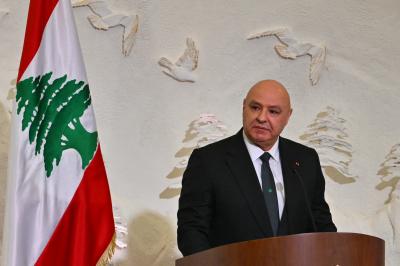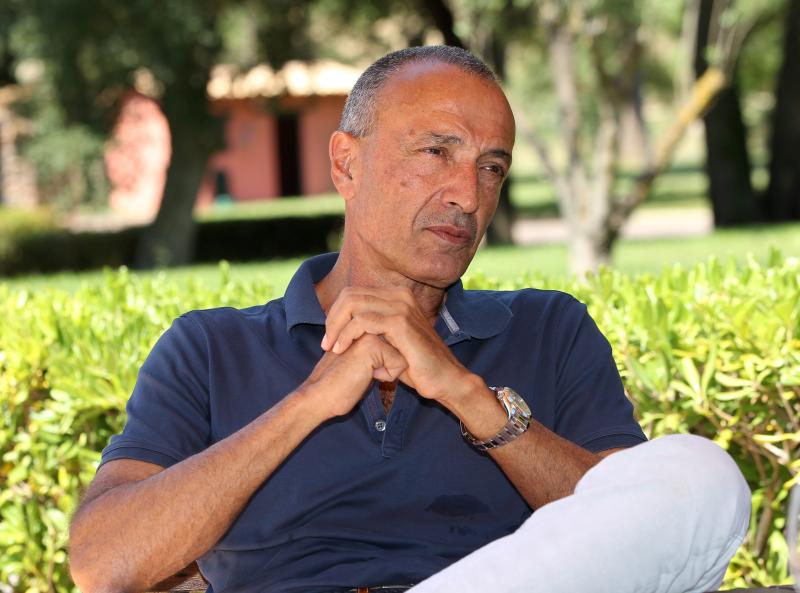It’s the most critical juncture Iran has faced in over four decades—since the end of its war with Iraq in 1988, when it was forced to accept a ceasefire under pressure. Now, facing mounting internal and external crises, Iran is once again seeking a way out: a settlement with the United States through ongoing negotiations.
The push for compromise stems from a series of accumulating setbacks, culminating in a significant blow to Iran’s regional influence. Domestically, the situation is equally dire, with a spiraling economic crisis and increasing pressure on the regime.
Following the war in Lebanon, Iran's leadership began reassessing the performance of the so-called "Resistance Axis"—from Hezbollah's involvement to the broader strategic failures of Iran’s allies. Tehran's calculations were based on what turned out to be a diplomatic deception: false assurances of an Israeli ceasefire in Gaza prompted a premature halt in operations by Iran’s axis. The fallout was severe—Iran lost ground in Syria, suffered military and territorial setbacks, and witnessed a general regional decline despite the continued fighting by Hamas and the Houthis.
This decline, seen as a threat to Iran’s national security, coincides with urgent economic needs. After enjoying temporary relief from sanctions following the 2015 nuclear deal under Barack Obama—talks that began in 2003—the Trump administration's 2018 withdrawal from the agreement and subsequent "maximum pressure" campaign reignited Iran’s isolation.
Nuclear Doctrine Unchanged
While the recent negotiation round in Rome did not yield a formal breakthrough, it marked a quiet step forward. Both Washington and Tehran appear to be taking their time. Talks have entered a technical phase, suggesting real substance is on the table.
Iran is currently enriching uranium to 60%—short of the 90% needed for weapons-grade material but alarming enough for U.S. and Israeli officials. Trump’s administration is offering phased sanctions relief in exchange for gradual nuclear de-escalation. Iran, meanwhile, is buying time during a particularly vulnerable period.
Despite talks, Iran shows no signs of abandoning its nuclear doctrine. Many in Tehran—and some abroad—believe Iran does not want an actual nuclear weapon, which could provoke an arms race it cannot win and expose it to severe retaliation from technologically superior foes like the U.S. and Israel. Instead, Iran seems focused on building conventional military capabilities while seeking sanctions relief to boost its battered economy.
Trump’s “Peaceful” Approach—But Not Without Conditions
Trump is keen to avoid a war with Iran, especially early in his term. He, Vice President J.D. Vance, and Defense Secretary Pete Hegseth favor a low-conflict approach, in stark contrast to hawkish members of the administration who worry Trump may repeat Obama’s perceived leniency.
Secretary of State Marco Rubio and National Security Advisor Mike Waltz push for complete dismantlement of Iran’s nuclear program, calling for stringent inspections of all enrichment-related facilities, especially those capable of hiding advanced centrifuges. They advocate maintaining the threat of force and preventing Iran from gaining long-term advantages through short-term concessions.
Negotiator Steve Witkoff currently aligns with Trump’s stance, but pressure is mounting from pro-Israel factions to ensure Iran halts future nuclear cooperation with countries like China, Russia, or North Korea.
A Shifting Regional Equation
Proponents of talks insist it’s still early and that not all topics—particularly Iran’s military activities and regional proxies—have been addressed. What’s clear is that Iran today is far weaker than it was during Obama’s presidency, drained by sanctions, economic collapse, and a return to Trump's maximum pressure campaign.
Despite this, no U.S. war with Iran appears imminent. Trump's current policy favors regional stability over confrontation—especially in resource-rich Middle East territories. This, in itself, may be a win for Iran, allowing it to avoid a military clash while preparing for a new phase of compromise.
For both sides, the only way forward appears to be a deal—one that could gradually reduce regional entanglements and allow countries like Iraq and Lebanon to refocus on domestic development. Yet the question of Gaza looms large: how will its fate tie into the broader regional reset and the U.S.-Iranian détente? The answer could determine whether this fragile thaw yields real peace—or another short-lived pause in a decades-long standoff.
Please post your comments on:
[email protected]
 Politics
Politics












